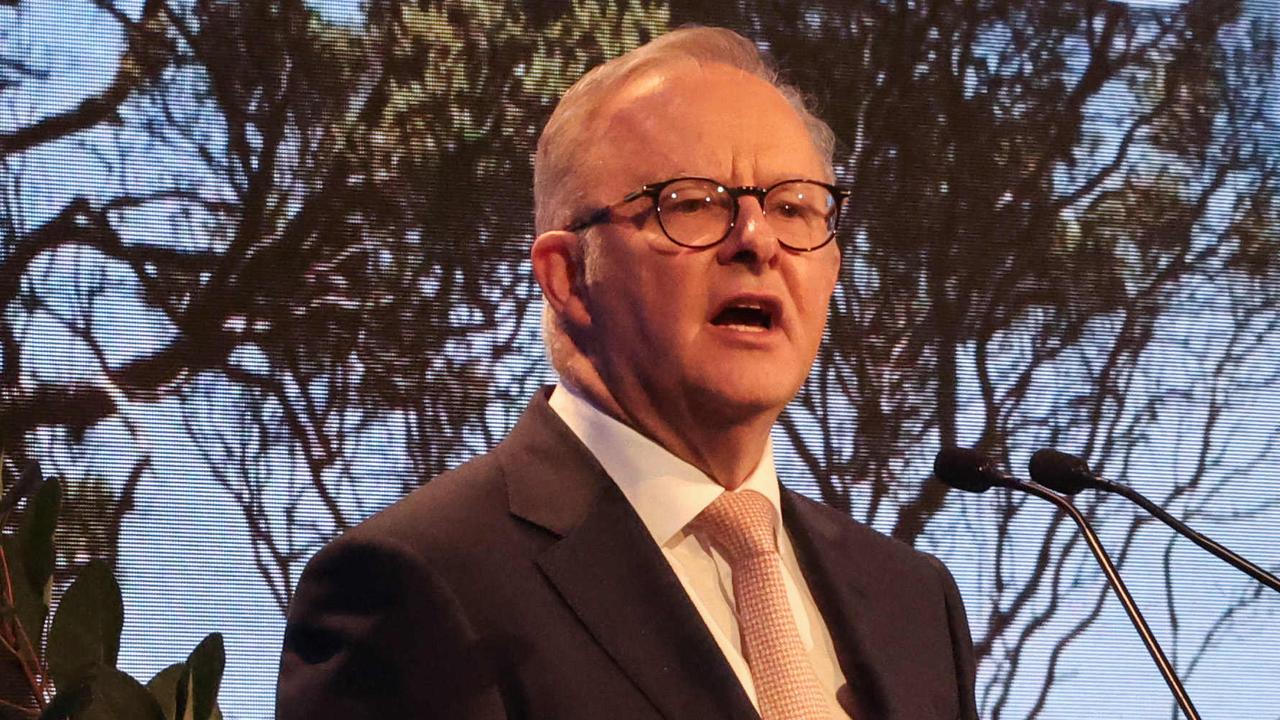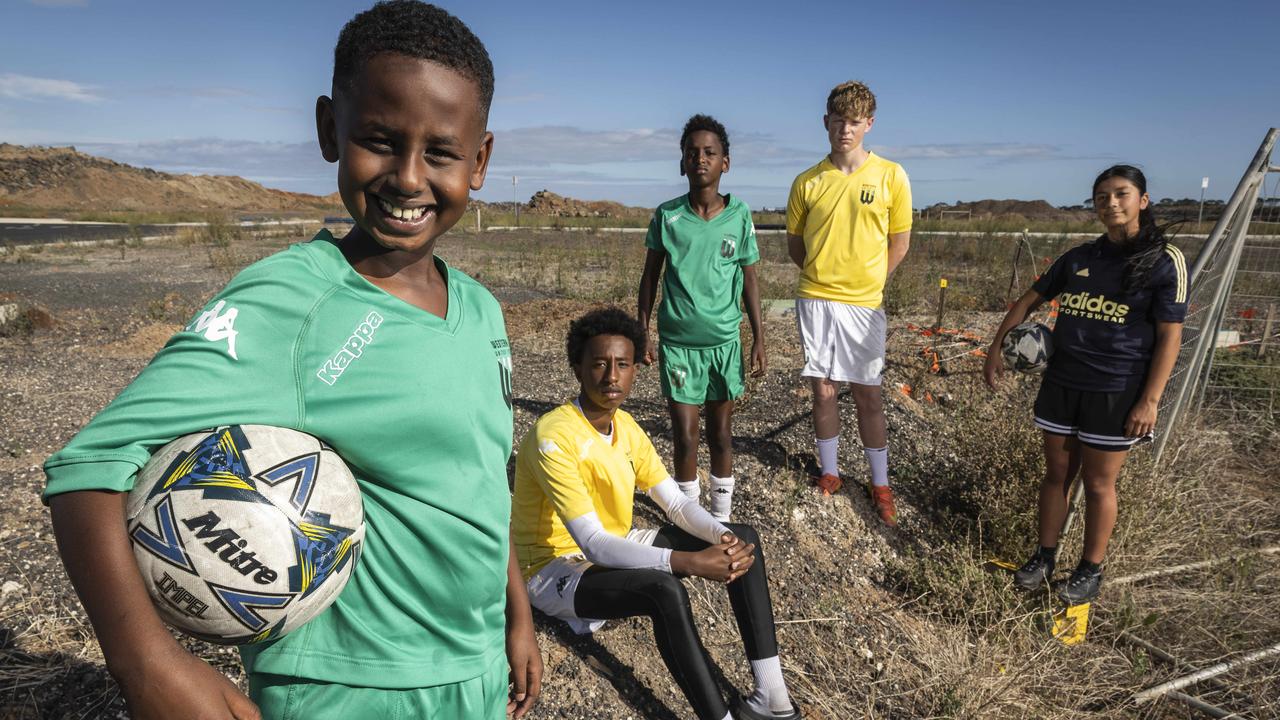RocketDNA X-Bot drones to be used to fly into remote areas
Smart drones that can fly up to 7km and reduce the need for humans to enter life-threatening situations have been approved for use in Australia in what’s been described “a monumental advancement for drone technology”.

New smart drones that fly into remote areas to detect powerline faults or smouldering embers have been approved for use in Australia, with the aim of averting disasters before they happen.
The X-Bot “drones in a box” can fly for up to 7km once dispatched, using in-built sensors to check for hot spots and sending precise GPS co-ordinates back to operators.
Developed by Australian company RocketDNA, the technology is promoted as a cost-effective – and safe – way to assess critical assets.
The product is assembled in Australia and is about the size of two pallets, weighs about 100kg, and can be shifted between locations relatively easily.

RocketDNA chief executive, Christopher Clark, said the technology has been used in mines in Western Australia to assess weak points or faults hidden in infrastructure, which could avert potential disasters.
“For critical infrastructure where any kind of failure is a catastrophic failure, you don’t want to leave that to chance,” he said.
Mr Clark said powerline faults are sometimes difficult to locate in remote areas several kilometres from the nearest roads.
“RocketDNA’s drones-in-a-box respond automatically when a fault occurs and can be used to identify the exact location and send the information back to the remote operating centre in a much more timely and efficient way,” he said.

As well as reduce the risk of fires, a swift response would also help power users, he said.
“That could help utility companies dispatch repair crews faster and get customers back on supply sooner.”
The system uses Elon Musk’s Starlink broadband satellite system to transmit data collected.
Australian Civil Aviation Safety Authority recently ticked off on the technology and the approval covers two autonomous systems that can make “Beyond Visual Line of Sight” flights.
Mr Clark said this marks “a monumental advancement for drone technology in Australia” and would reduce the need for humans to enter life-threatening situations.
“Our autonomous flight footage and remote detection plus AI overlay is recorded and livestreamed in real-time helping organisations simply and urgently determine the issue and the appropriate level of response,” he said.
RocketDNA is the first Australian company to secure CASA approval for what is called a DJI Dock System, after almost a year of working with regulators to develop safety protocols and procedures.





